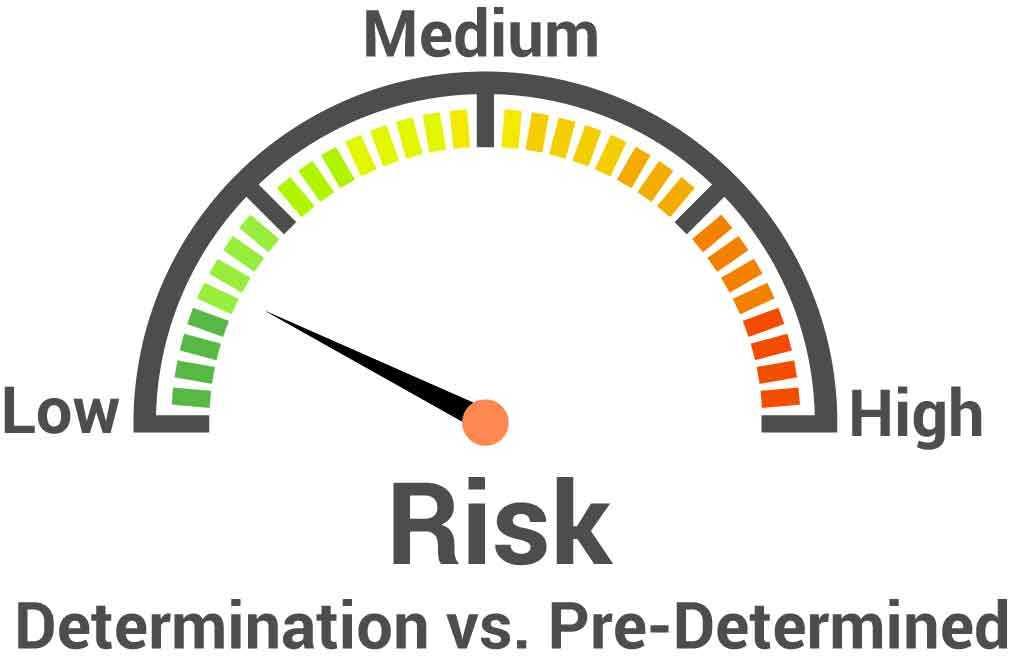Risk Analysis
Risk Analysis
Managing risk is important for all businesses, no matter the size. There are different types of risk with different degrees that can impact the organisation’s performance. Risk analysis is the process of identification, response planning, mitigation and management. The objectives of risk mitigation are to increase the likelihood and impact of positive events and decrease the likelihood and impact of negative events in the project.

Using Risk Analysis on Planium Pro
To complete this section, on the left-hand side menu bar, click the + to expand the ‘Marketing’ menu and select ‘Risk Analysis’. Use the explanations below to complete the information in the corresponding fields.
Potential Risk Description:
A dropdown menu will appear when this field is clicked. Below are the types of risks. Select one relevant risk at a time to assess.
Likelihood:
Rank the likelihood the risk will occur from 1 (lowest possible chance of occuring) to 5 (highest possible chance of occuring).
Degree of Impact:
Rank the degree of impact the risk holds from 1 (lowest possible impact) to 5 (highest possible impact).
Type of Risk:
- Systematic (non-diversifiable) risk concerns factors that affect the whole market and generally cannot be avoided. These are on the national and international scale, such as inflation, changes to international relations, or war.
- Non-systematic (diversifiable) risk relates to factors that affect one or a small number of firms, such as a workers’ strike, legal proceedings, or change of management. This can generally be mitigated by diversifying.
Mitigation Strategy:
State how the business or project will overcome or avoid the given risk.
Click ‘Add’ to save changes.
Click ‘Chart Preview’ to view the analysis results.
Analysing Risk Analysis Results on Planium Pro

Under ‘Risk Analysis Introduction’, you can input any introductory information that may benefit your client or investor.
‘Analysis Results’ is the section to write-up the analysis on the graph and describe any key themes that are present in the data.
Click ‘Save’ to save changes.
Click ‘Report Preview’ to view the write-up in report format.








